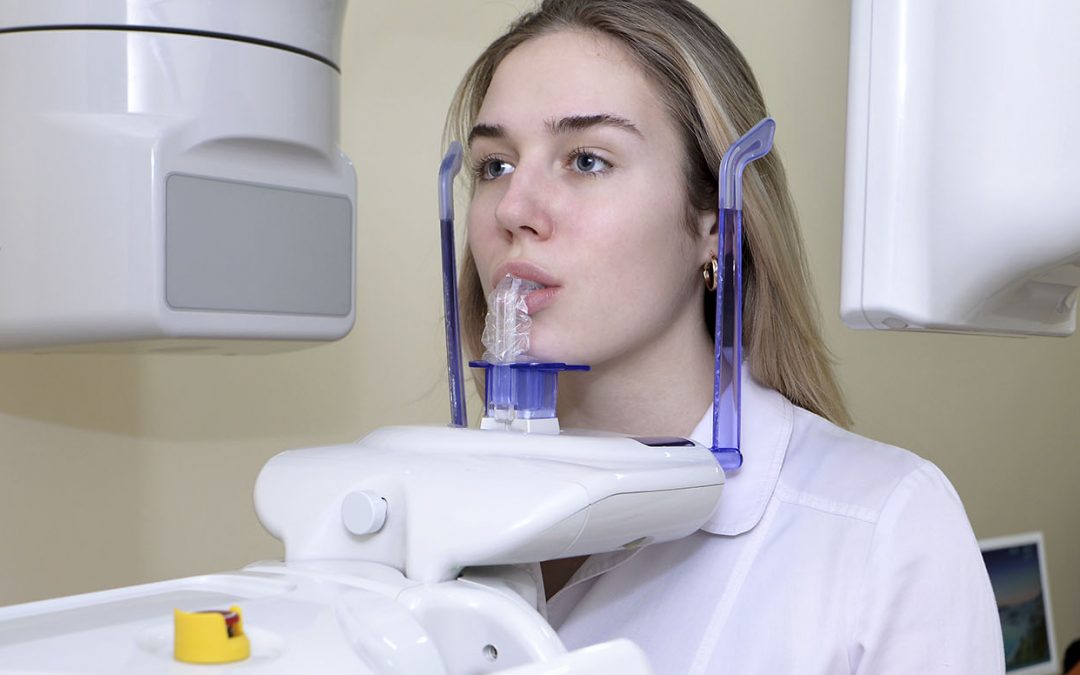ISO 3336 Dental Rotary Instruments Cutting Efficiency Testing
The ISO 3336 standard is a critical component in ensuring that dental rotary instruments meet the highest levels of performance and safety. This testing method evaluates the cutting efficiency of dental rotary instruments, which is essential for both patient care and instrument durability.
Dental rotary instruments are among the most versatile tools used by dentists to perform procedures ranging from simple fillings to complex root canal treatments. Their cutting efficiency directly impacts clinical outcomes and user experience. The ISO 3336 standard provides a standardized method to assess this efficiency, ensuring that each instrument is capable of performing its intended function effectively.
The testing process involves several key steps. First, the instruments are prepared according to specific protocols outlined in the standard. This includes selecting appropriate specimens and calibrating cutting tools to ensure accurate measurements. Once prepared, the instruments undergo a series of cuts on standardized materials under controlled conditions. The performance is then analyzed based on predefined criteria that measure both the depth of cut achieved and the amount of force required.
The importance of this testing cannot be overstated. It helps manufacturers identify potential issues early in the development process, ensuring that any necessary adjustments are made before products reach the market. For quality managers and compliance officers, adherence to these standards is crucial for maintaining regulatory compliance and building trust with healthcare providers and patients.
In addition to its role in product development, ISO 3336 testing also plays a vital part in the ongoing quality control of dental instruments. By regularly submitting instruments to this test, dental practices can ensure that they are using tools that consistently meet performance expectations. This not only enhances patient safety but also improves overall treatment outcomes.
The results from ISO 3336 testing provide valuable insights into the cutting efficiency of dental rotary instruments. These data points help manufacturers refine their designs and improve product reliability. For R&D engineers, this information serves as a benchmark against which new innovations can be measured. It allows them to focus efforts on areas where improvements will have the most significant impact.
- Ensures consistent cutting performance across all instruments
- Aids in identifying potential design flaws early in development
- Supports ongoing quality assurance programs within dental practices
- Facilitates compliance with international standards and regulations
The application of ISO 3336 testing goes beyond just manufacturing. It also plays a crucial role in the procurement process for dental practices. By specifying adherence to this standard, purchasers can be confident that they are acquiring high-quality instruments that meet industry best practices.





